The commercial poultry business is now the rage with the increased demand for eggs and broilers, however it is fraught with peril due to the flock management needs, unstable prices of feed ingredients, weather (oh yes ask any farmer what the effects of the heat wave have been), feed formulation knowledge and not forgetting disease management due to the high numbers maintained in closed spaces. This business model requires specialized breeds whose genes have been formulated to grow fast (meat), have high productivity (layers) if managed well. This raises the capital and operational costs, which many cannot afford.
Based on our experience with commerical poulty, we would like to share an alternate business model, and our current progress with it, as a way of stimulating home-based agribusinesses. These are local birds, indeginous yes, which many have shunned over the years for kuroiler breeds (unfortunately we are not a big fan) so went back to our roots.
What are the major challenges with indeginous breeds that have been put forward:
- Diseases wipe them out
- Low productivity (eggs) and low weights (meat)
- Long growth times to achieve milestones
- Predators – rats, dogs and “humans”
In our experience, the business model and thinking is that the business model is what is wrong, leading to mismatched expectations. The commercial approach fot indeginous birds is not selling bulk in low value, but low numberrs of high quality and value.
What is our approach:
- The value of the local flock cannot be realized quickly, and has to be built over time so that it it self sustaining
- Leverage the learnings from the commerical poultry to fix some of the issues such as:
- Disease management – follow the vaccination schedules for the commercial breeds to build immunity and reduce infection
- Low productivity – supplement the diet with 30-50% commercial feeds to fix any deficiencies
- Local additivies – leverage local plants such as aloevera, pupmkins, yams, tree leaves (will provide names later), millet, sorghum, popcorn to supplement the diets
- Infrastructure:
- Housing – ensure adequate space for the birds to spend the night away from predators such as dogs, and rats (yes we lost 10 1-month chicks)
- Keep the place clean – oh yes this requires investment, but reduces on disease outbreaks
- Feeders and drinkers – for local birds, are you kidding me, they can scavenge! Oh yes, look after them well and they will multiply
- Free range area – demarkate an area for the birds to move around looking for food and scratch around, otherwise they collect diseases as they roam and also are prey for predators. We have not gotten to this stage yet but are getting there as the numbers grow
- How do we intend make money through the sale of:
- Breeding stock – pullets and cocks since their lineage can be traced
- Cocks for traditional ceremonies like kwanjulas, gifts to parents
- Yellow yolk organic eggs at a premium
- Pullets and cocks for food – very tasty for special occasions
- What do the numbers look like? This is a summary of the numbers in a way that makes sense on growth. All the chicks were brooded by their mothers
| Month |
Additions |
Losses |
Notes |
| October 2018 |
3 |
– |
Initial stock – 1 Cock and 2 pullets |
| November 2018 |
6 pullets,
18 chicks |
1 pullet,
9 chicks |
Purchase of pullets.
Theft of a mother and her 9 babies, |
| December 2018 |
10 chicks |
8 chicks |
Predator birds and wild animals |
| January 2019 |
15 chicks, 6 pullets |
3 chicks |
A purchase of pullets from upcountry travels |
| February 2019 |
10 chicks |
3 chicks |
Predator birds and wild animals |
| March 2019 |
4 chicks |
8 chicks |
Rats killed the chicks so moved the mother to the main house |
| April 2019 |
4 chicks |
8 pullets |
Had lots of dogs around the house during mating season so ate the birds in the mornings |
As of today, 28 April 2019, we have 2 hens brooding 18 eggs, and a laying hen with about 10 eggs – they tend to start brooding at about 10 – 12 eggs, that seems to be the natural cycle.
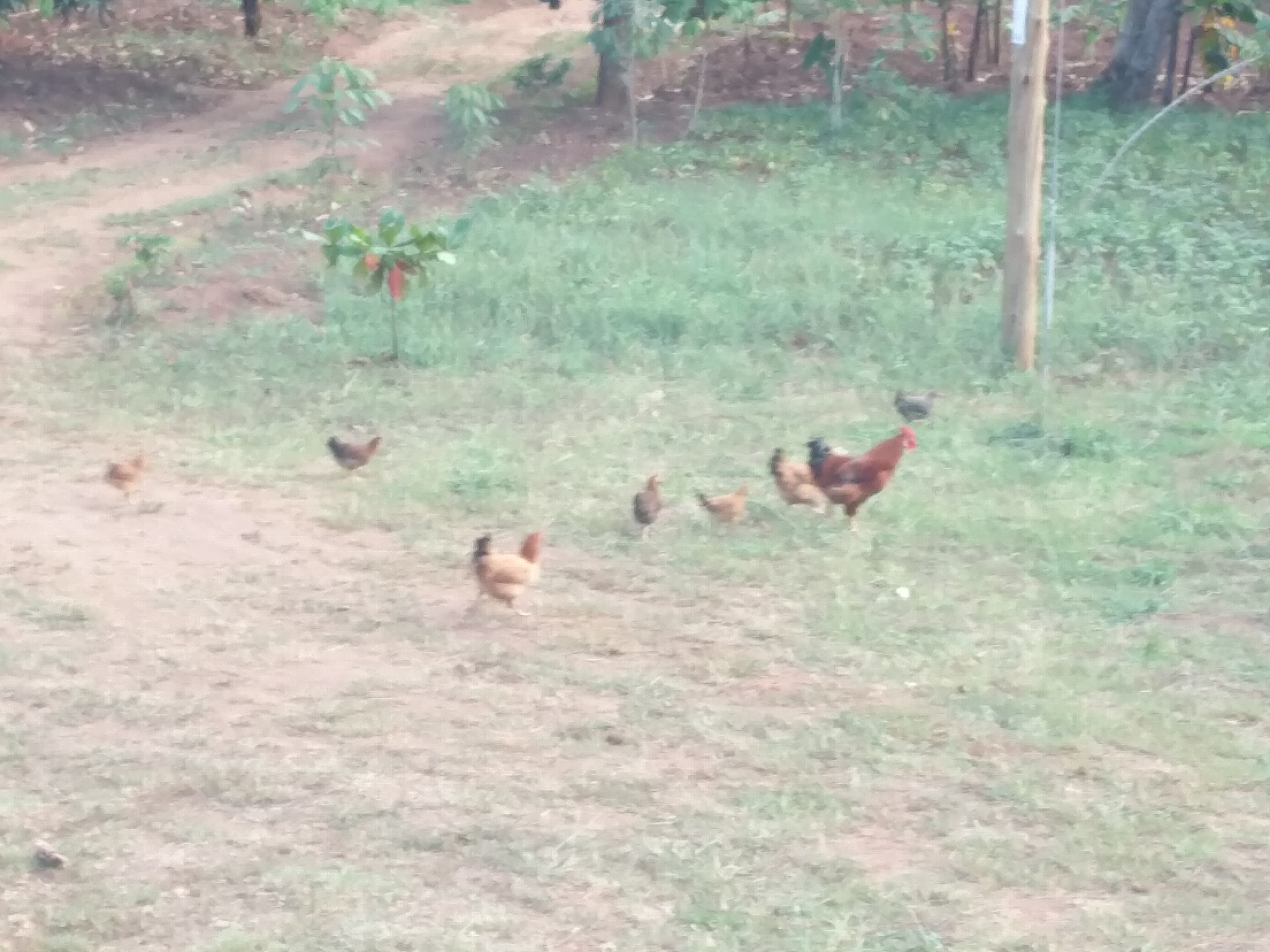
Happily walking around with the main cock
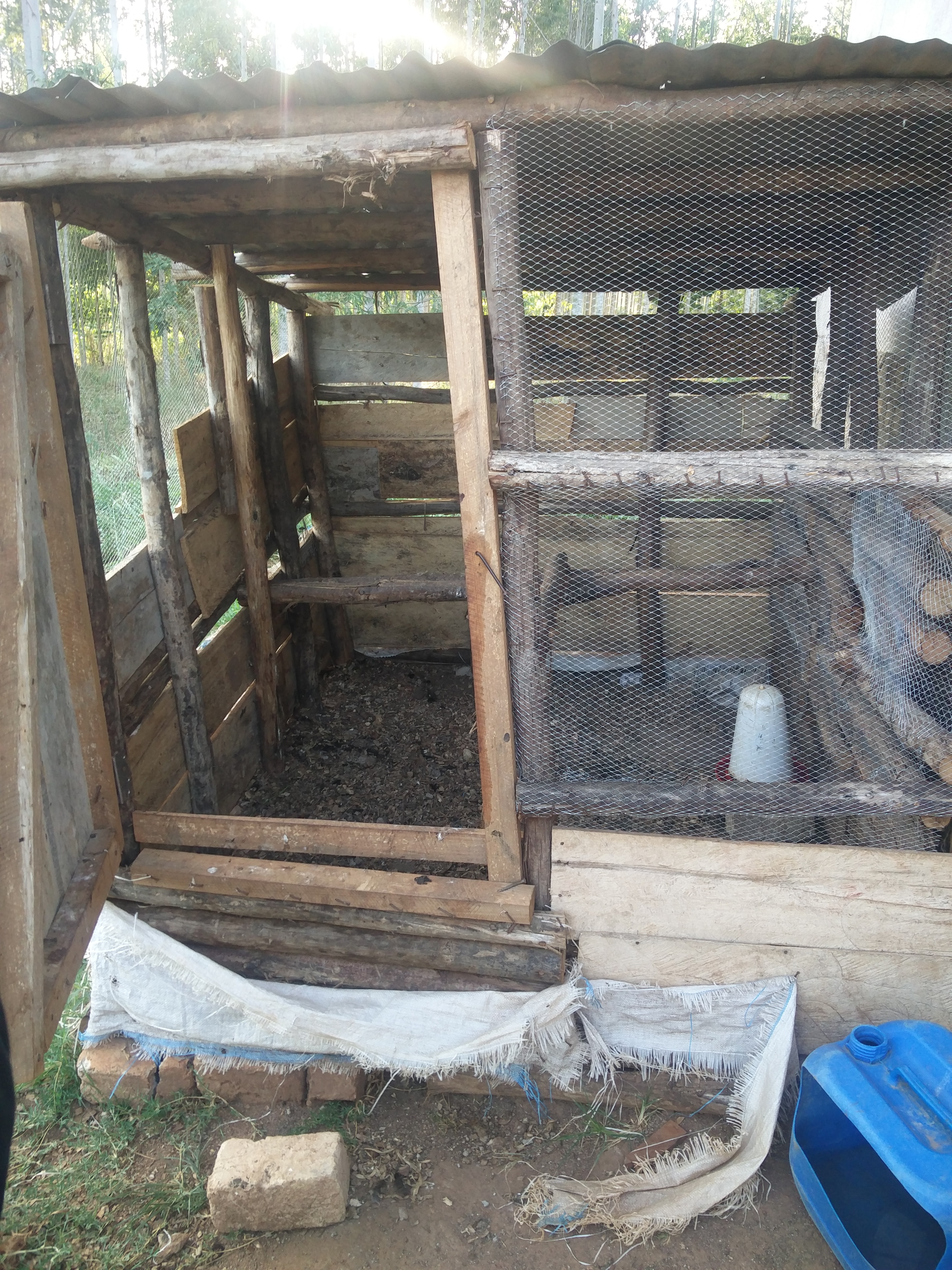
Chicken house from locally made materials and frugal designs
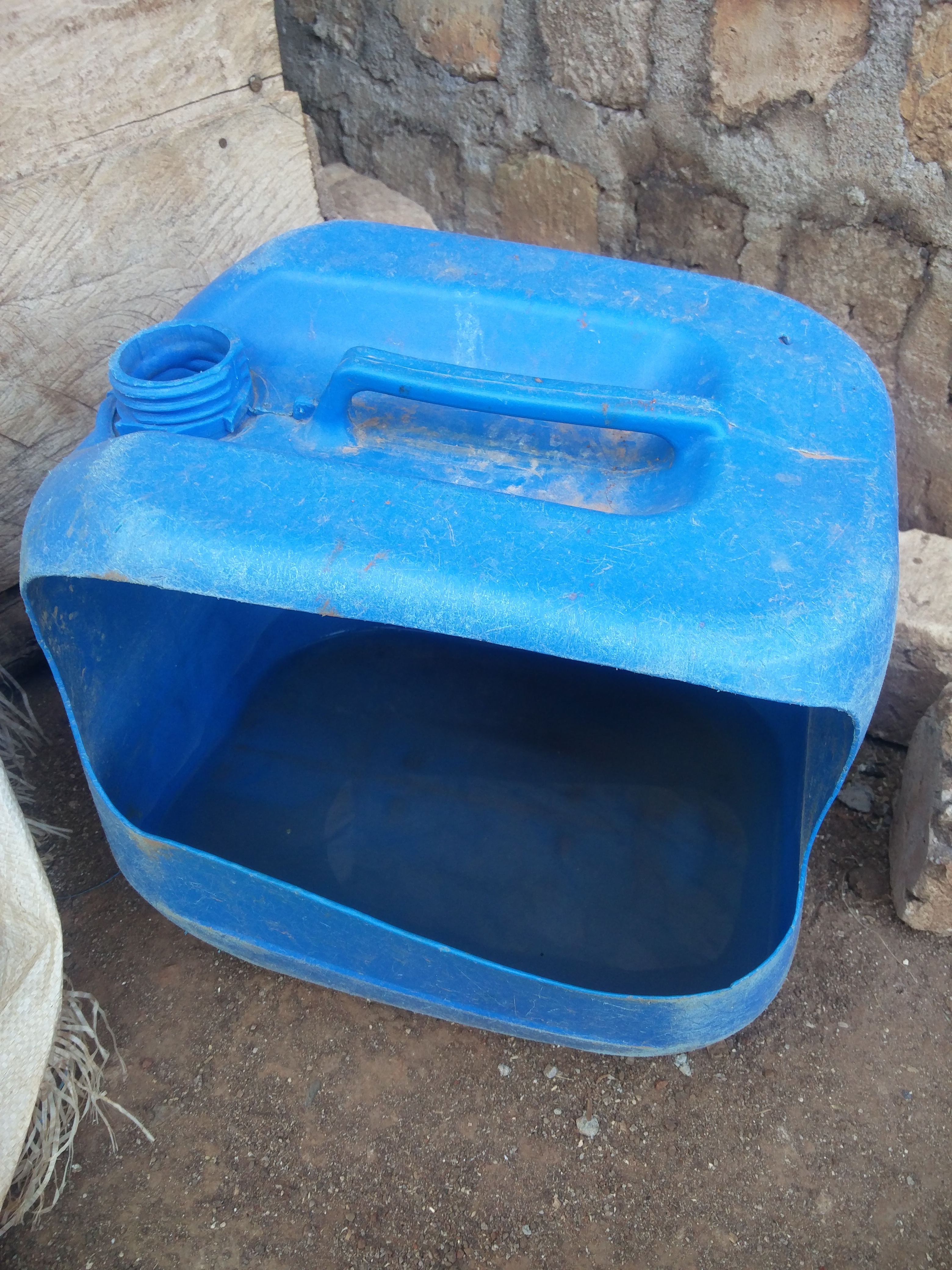
Drinker from jerrycan leveraged from commercial deep litter operations
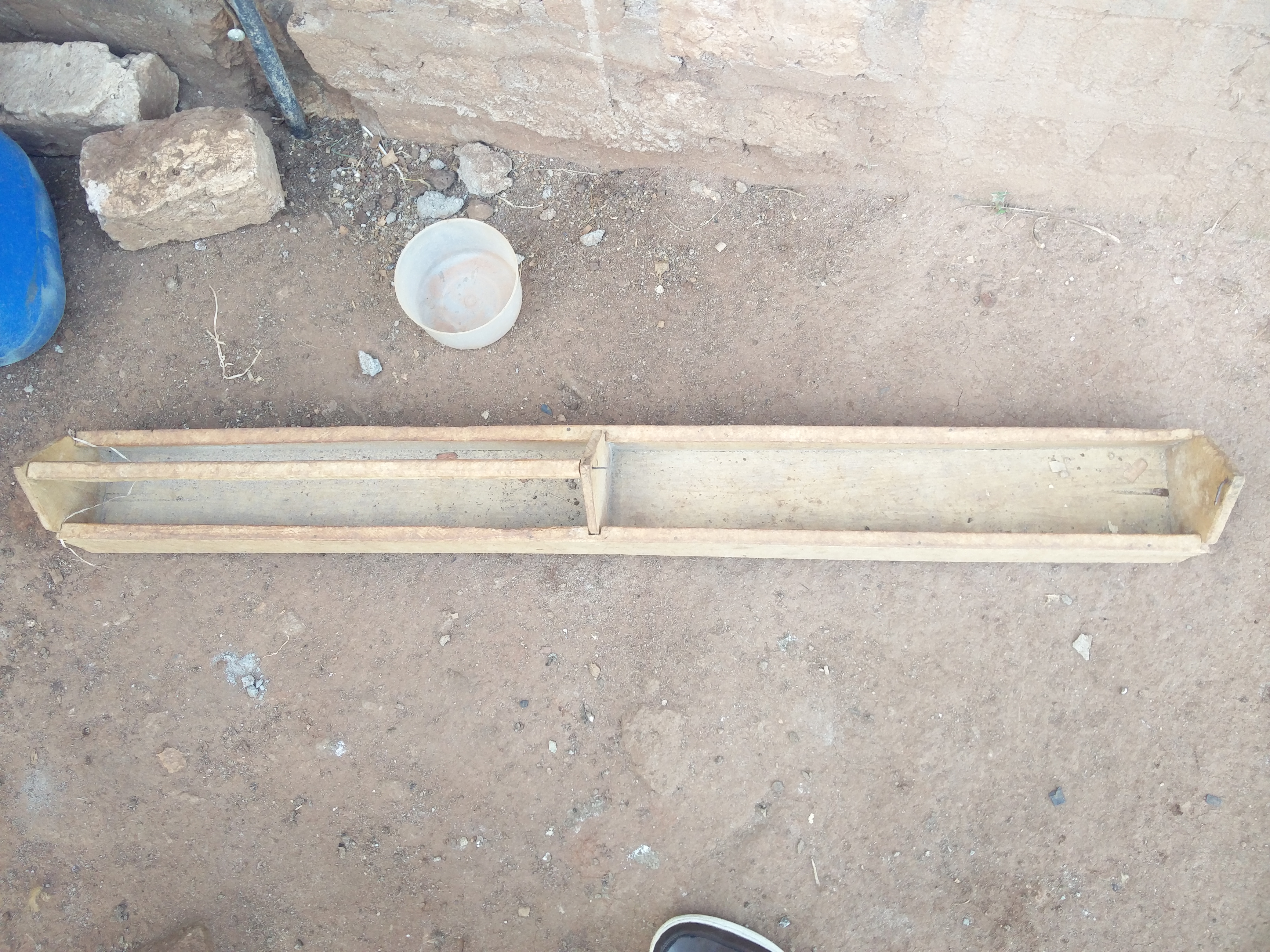
Locally made feeder usually used in deep litter
This Twitter thread covers similar ground for the construction of the house and how the flock is proceeding https://twitter.com/kungufarm/status/1080144748252418048?s=20

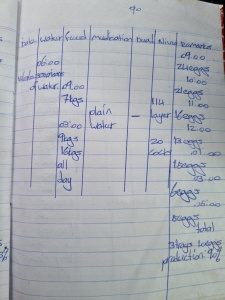



















You must be logged in to post a comment.